Once a staple in colorful cereals, candies, and baked goods, Red No. 3 (also known as Erythrosine) was widely used to give foods their vibrant pink or cherry-red hue. However, mounting health concerns—including links to cancer in animal studies—prompted regulatory scrutiny. The dye was officially banned for use in cosmetics and certain external drugs in the early 1990s, yet surprisingly, it remains permitted in many foods and oral medications in the U.S. This contradiction has raised eyebrows among health experts and consumer advocates, especially as other countries have opted to restrict or phase out its use entirely.
Despite growing awareness and a shift toward natural alternatives, Red No. 3 continues to appear on the ingredient lists of many beloved snacks and treats, particularly those marketed to children. Its presence is a reminder that not all food dyes have been universally reevaluated—even decades after initial warnings. In this guide, we’ll explore 12 popular products where Red No. 3 still lingers on grocery store shelves. From sweet classics to nostalgic indulgences, these items reveal how deeply embedded artificial coloring remains in our food system—and why consumers are becoming more vigilant about what’s really behind the bright colors we’ve come to recognize and enjoy.
1. Candied Fruit
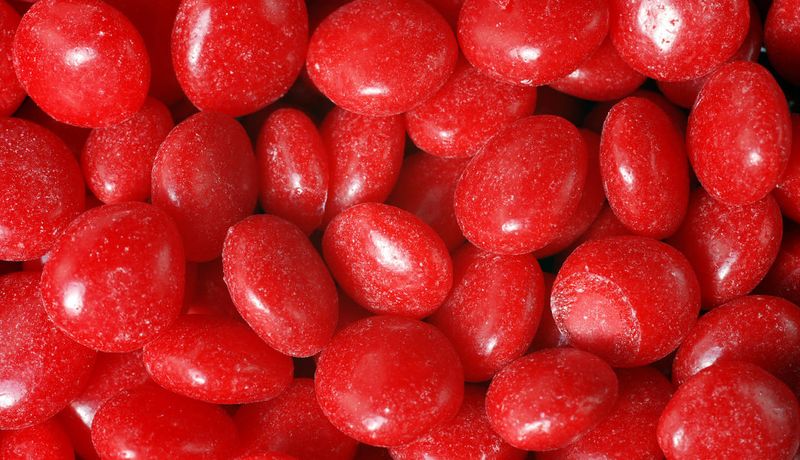
Candied fruit has long been a staple in holiday baking and decorations. These sweet, colorful morsels often contain Red No. 3, giving them their bright, appealing hue. The dye enhances the visual allure of candied cherries, pineapples, and citrus peels, making them irresistible in fruitcakes and confections.
The history of candying fruit spans centuries, with origins in preserving harvests. It’s fascinating how this preservation technique evolved into a confectionery art. Even today, the vivid colors capture the eye, drawing in consumers who crave a sweet, nostalgic treat.
2. Strawberry-Flavored Jams
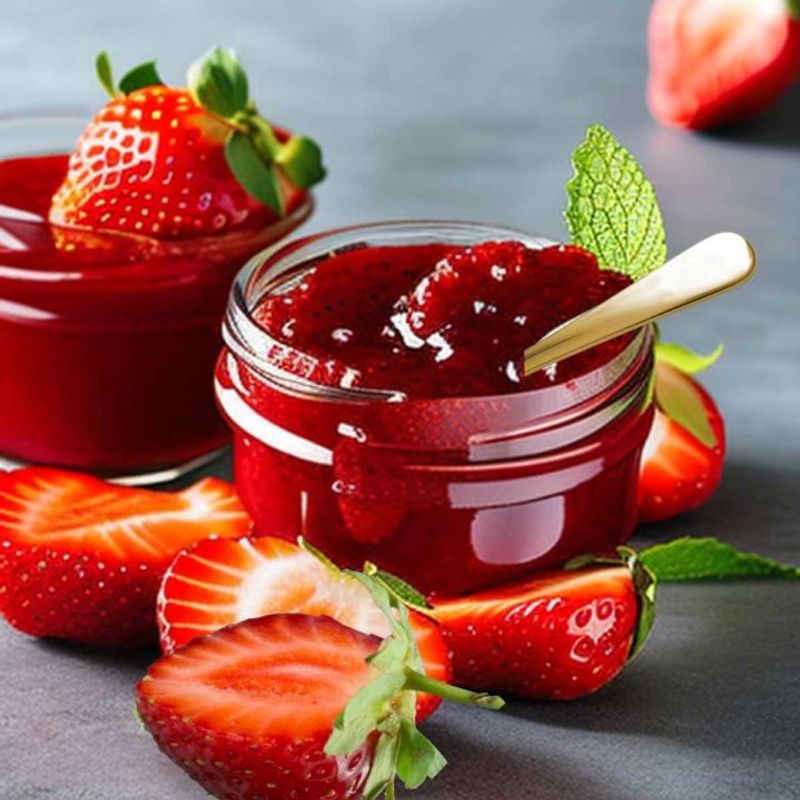
Strawberry-flavored jams are beloved for their rich flavor and vibrant color. The deep red hue often comes from Red No. 3, used to enhance the natural appearance of the strawberries. This dye ensures consistency in the product’s visual appeal, tempting consumers with its luscious look.
Historically, jams have been a means to preserve the seasonal bounty. The use of food coloring to maintain their vibrant appearance is a modern twist on this tradition. As you spread it over toast, its bright color and sweet aroma offer a delightful start to any day.
3. Cherry Flavored Candies
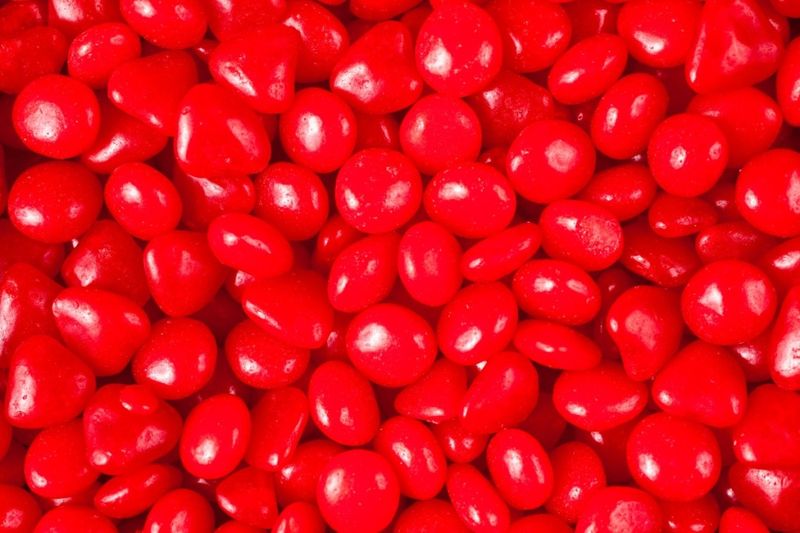
Cherry-flavored candies are a confectionery classic. Their enticing red shade often owes its brilliance to Red No. 3. This dye not only attracts the eye but also aligns the candy’s appearance with its sweet, fruity taste. The vibrant color trickles down to all forms, from gummies to hard candies.
In the world of sweets, appearance is just as crucial as taste. The use of Red No. 3 in cherry candies highlights the industry’s dedication to creating visually appealing products that delight the senses.
4. Maraschino Cherries
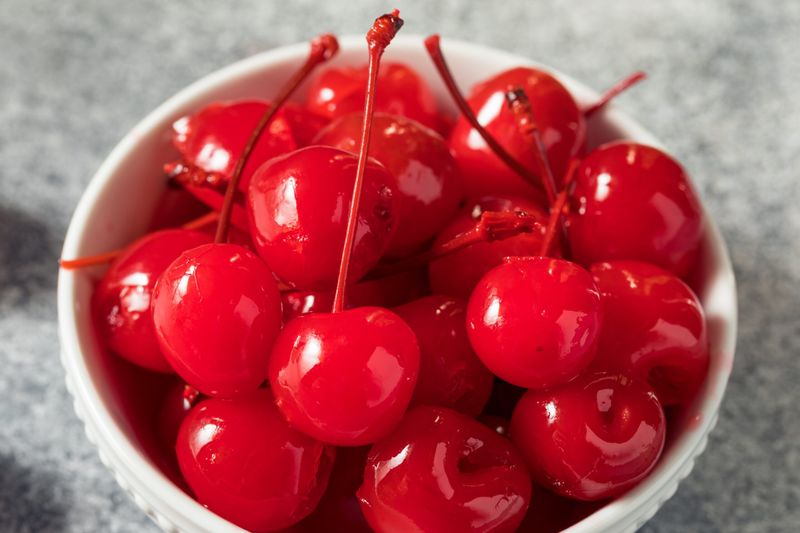
Maraschino cherries are iconic in cocktails and desserts, known for their vivid red color. This striking hue is often achieved with Red No. 3, ensuring that each cherry looks as sweet as it tastes. Their bright appearance makes them a favorite garnish for drinks and desserts.
Originally, maraschino cherries were luxuries soaked in liqueur. Over time, they became more accessible, with their eye-catching color making them popular worldwide. Their rich red hue continues to be a visual signature, appealing to those who seek both aesthetics and flavor.
5. Red Candied Apples
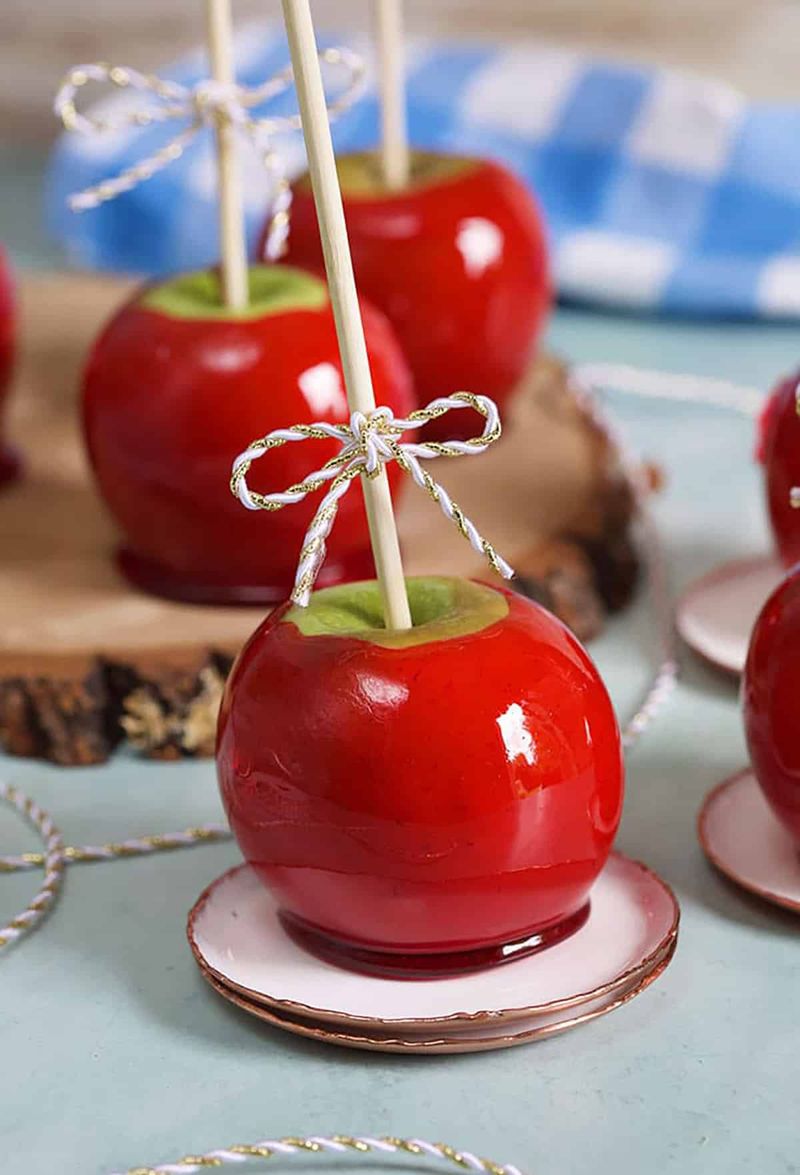
The allure of red candied apples lies in their glossy, vibrant coating. This bright red color, reminiscent of autumn fairs, is often thanks to Red No. 3. It transforms ordinary apples into tempting treats with a hard, shiny shell.
Candied apples have a nostalgic charm, reminding many of family outings and festive occasions. Their association with fun and celebration is enhanced by their eye-catching color, drawing people in with their jewel-like appeal.
6. Gelatin Desserts
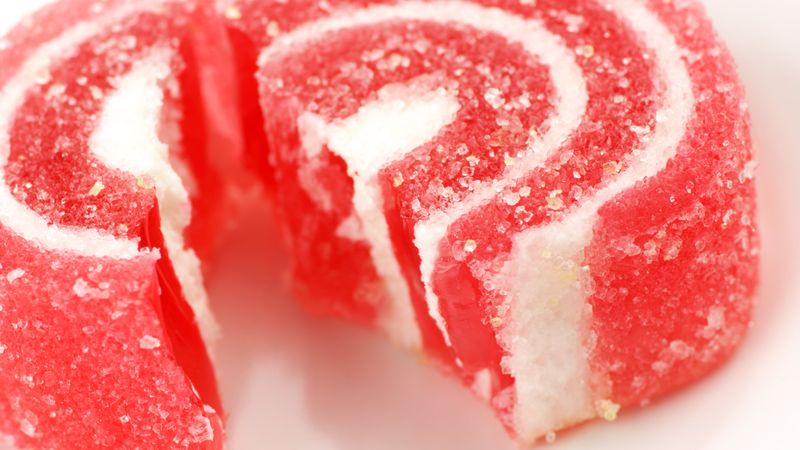
Gelatin desserts are popular for their jiggly texture and vibrant colors. Often the red varieties use Red No. 3 to achieve a consistent, appealing hue. This dye helps create the perfect backdrop for a playful dessert experience.
The tradition of gelatin desserts dates back to grand dining experiences, where they were a hallmark of luxury and creativity. Today, their bold colors and fun textures continue to captivate those looking for a light, sweet treat.
7. Fruit-Flavored Snacks
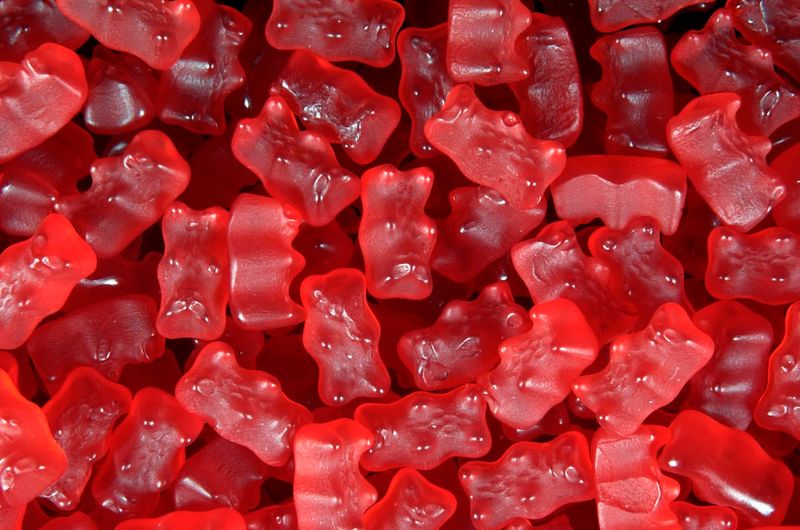
Fruit-flavored snacks are a childhood favorite, celebrated for their chewy texture and vivid color. Red No. 3 is frequently used to ensure each bite-sized piece is as visually appealing as it is tasty. These snacks bring fruit flavors to life in a fun, edible form.
Snacks like these often hold a special place in lunchboxes and snack times. Their bright, cheerful colors and fruity flavors create a whimsical snack experience, appealing to both young and old.
8. Red Velvet Cake

Red velvet cake is famous for its striking color and smooth texture. Traditionally, this rich red hue has been enhanced with Red No. 3, giving it an unmistakable appearance. The visual allure of red layers contrasted with creamy white frosting is iconic.
Originating from the 19th century, red velvet cake has a storied history. Its unique color and flavor profile have made it a staple in bakeries and special celebrations, where its elegance and charm are prized.
9. Pink Icing On Cakes
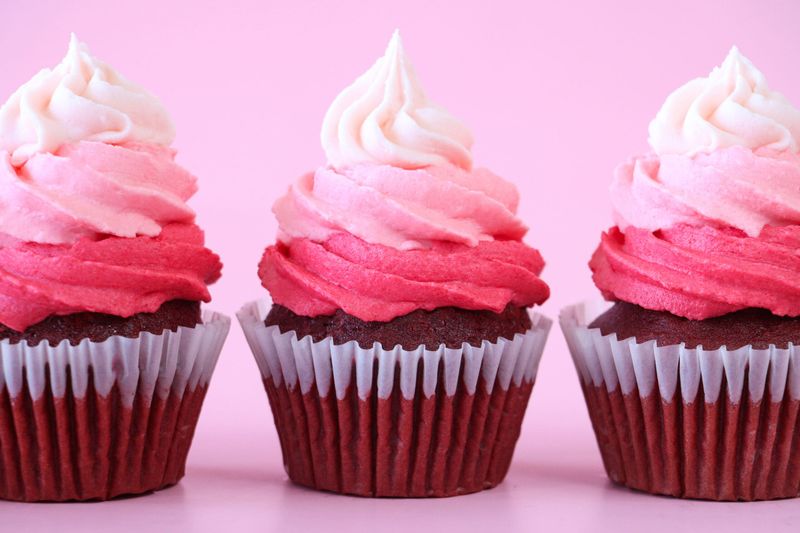
Pink icing is often chosen for its delicate and playful appearance. Red No. 3 is commonly used to achieve the perfect shade, transforming cakes into whimsical, colorful confections. This dye helps maintain consistency in color, ensuring that each slice looks as delightful as the last.
The tradition of using colored icing dates back to elaborate cake decorations in royal kitchens. Today, pink icing continues to be a favorite for birthday cakes and celebrations, adding a touch of fun and elegance.
10. Fruit Cocktail
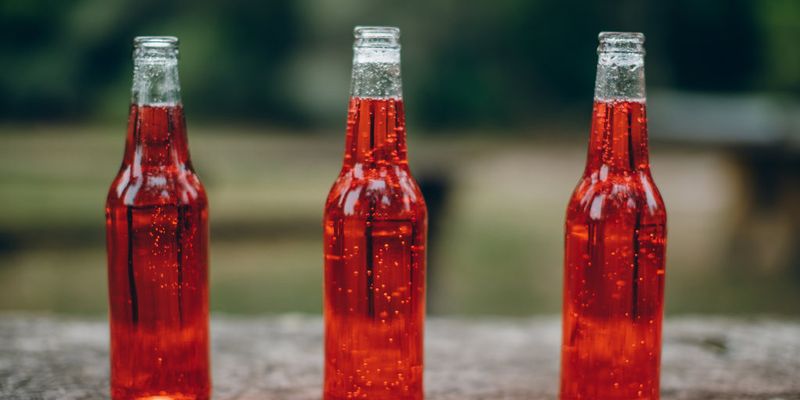
Fruit cocktails are delightful mixtures of various fruits, often featuring bright red cherries. These cherries typically owe their vivid hue to Red No. 3, making them standout pieces in the mix. The addition of color enhances the contrast and visual appeal of the entire dish.
Originally, fruit cocktails were a way to enjoy a variety of fruits in one serving. The vibrant colors not only make them visually appealing but also enhance the dining experience, inviting everyone to enjoy a refreshing, fruity bite.
11. Pink Lemonade
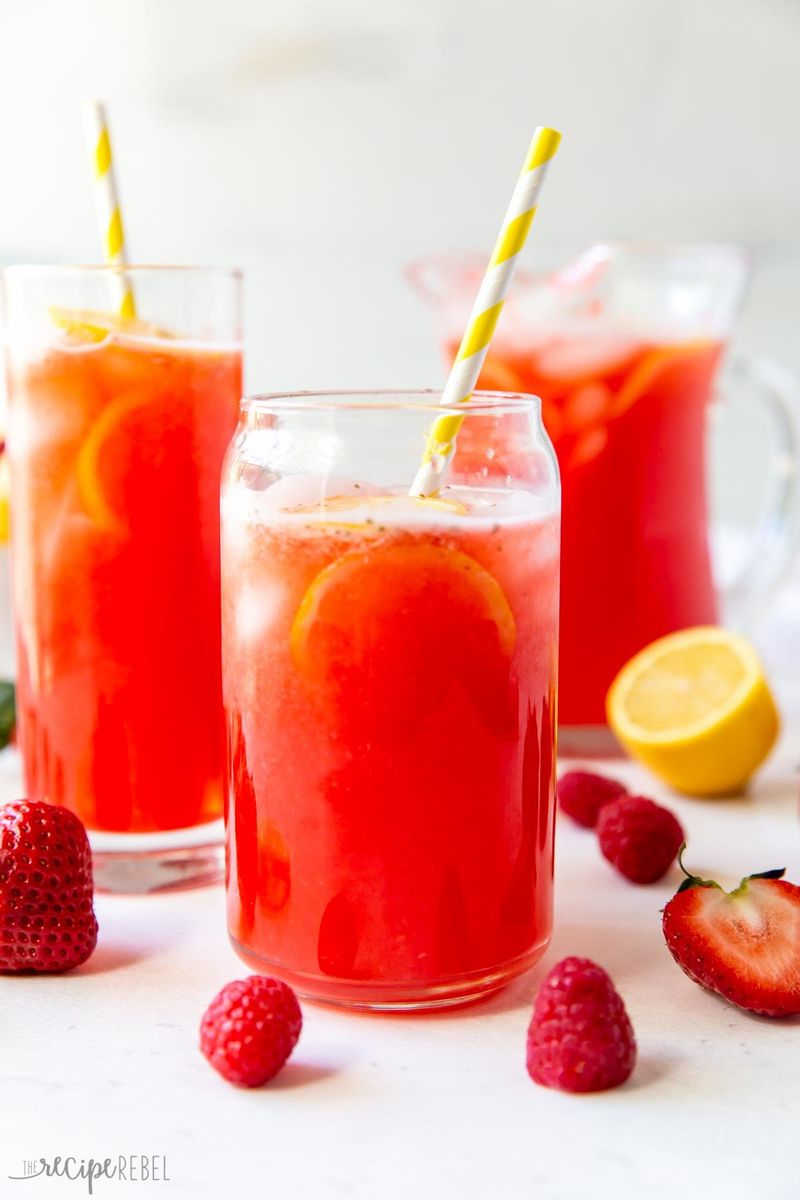
Pink lemonade is a refreshing twist on a classic drink. Its appealing pink hue often comes from Red No. 3, providing a playful and eye-catching color. This dye ensures that the lemonade stands out, making it a favorite at summer events and gatherings.
The origin of pink lemonade is full of fun tales, adding to its charm. Whether it’s the color or the history, pink lemonade continues to be a playful, thirst-quenching delight on sunny days.
12. Candy-Coated Chocolates
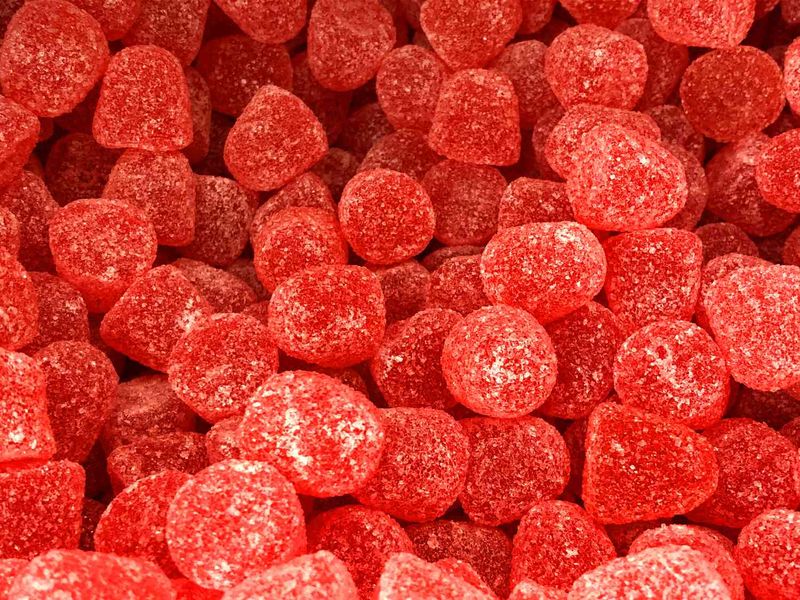
Candy-coated chocolates are a treat for both the eyes and palate. The red ones, in particular, often use Red No. 3 to achieve their bold, vivid color. This ensures each piece is not only delicious but visually striking, appealing to candy lovers of all ages.
The use of bright colors in candy has always been about more than just taste. It’s about creating an experience that’s as visually delightful as it is flavorful, making these treats a perennial favorite.
Leave a comment